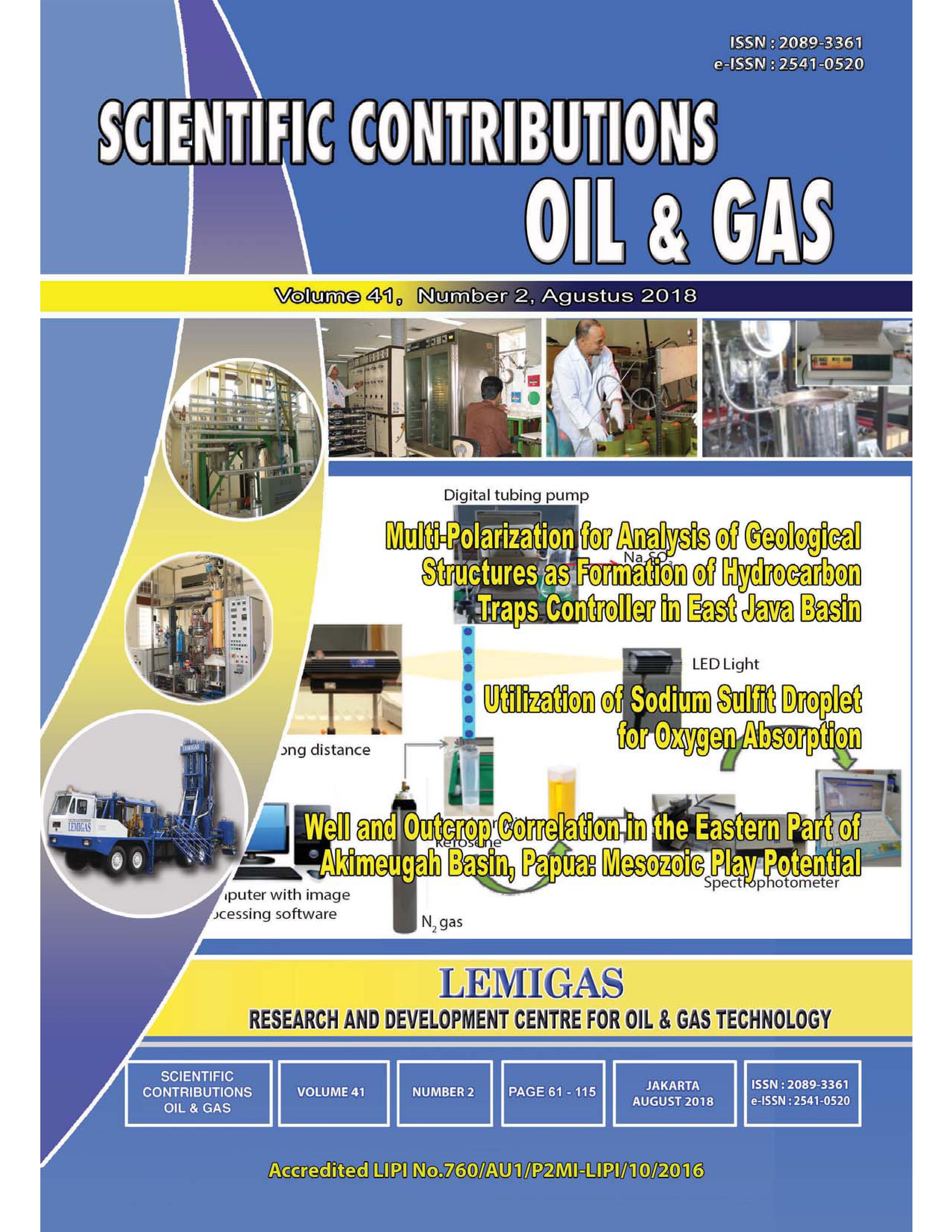BIOREMEDIATION OF CRUDE OIL CONTAMINATED SEAWATER WITH THE APPLICATION OF BIOSURFACTANT AND BIOSTIMULATION
DOI:
https://doi.org/10.29017/SCOG.41.2.340Keywords:
deep sea bacteria, biodegradation, surfactant DEA, hydrocarbon compoundsAbstract
Petroleum is one of the pollutant sources that can be found in the oceans and has a negative impact on
the marine ecosystem. Special conditions are needed to reduce the pollutant, one of the processes that occurs
is biodegradation, which is the process of degradation of petroleum hydrocarbon components by the activity
of microorganisms so that the marine ecosystem returns to normal. Remediation of seawater contaminated
with petroleum through the application of biosurfactants and biostimulation is one way to increase the
effectiveness of petroleum biodegradation. To examine these aspects laboratory-scale experiments were
carried out using basic seawater media which added oil pollutants. There are four treatments: P0 (basic
media without the addition of biosurfactant and nutrients), P1 (addition of biosurfactant), P2 (addition
of biosurfactant and nutrients), and P3 (addition of nutrients). The results of observations for 21 days
of incubation showed that the addition of biosurfactant treatment did not show a signifi cant increase
110
in biodegradation. Signifi cant increase in biodegradation occurs in the treatment with the addition of
biostimulants and more degradation if biostimulation is combined with biosurfactant.
Downloads
Published
Issue
Section
License
Copyright (c) 2020 SCIENTIFIC CONTRIBUTIONS OIL AND GAS (SCOG)

This work is licensed under a Creative Commons Attribution 4.0 International License.
Authors are free to Share — copy and redistribute the material in any medium or format for any purpose, even commercially Adapt — remix, transform, and build upon the material for any purpose, even commercially.
The licensor cannot revoke these freedoms as long as you follow the license terms, under the following terms Attribution — You must give appropriate credit , provide a link to the license, and indicate if changes were made . You may do so in any reasonable manner, but not in any way that suggests the licensor endorses you or your use.
No additional restrictions — You may not apply legal terms or technological measures that legally restrict others from doing anything the license permits.














